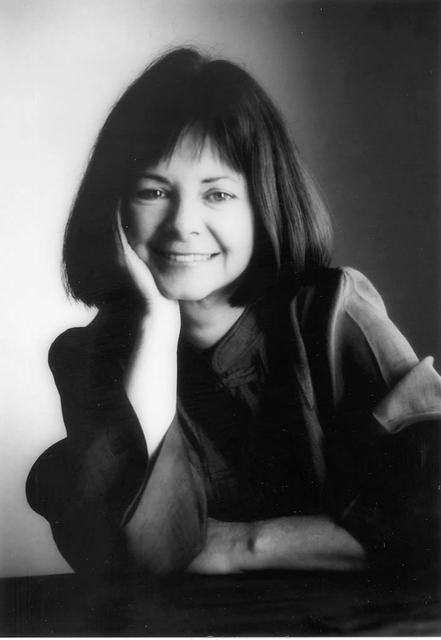Geraldine Brooks may have hung up her press pass, but the foreign correspondent turned novelist has retained a journalist’s knack for blending in.Exhibit No. 1, her decision about where to lunch on Martha’s Vineyard in late December. Beside the Atlantic Ocean, the wind is slicing, the sky high and bright, but the apple-cheeked, Volvo-driving, Australian-born author thinks this is the perfect place to nosh on a lobster roll.Brooks, 52, settles on a bench and begins eating her sandwich with the ruminative silence that befalls New Englanders whenever they contemplate nature’s awesome cold shoulder."These are the days the tourists miss," shouts a local walking toward the water. Brooks agrees the joke is on those outsiders.Back in the car with her three dogs, driving to the large Greek Revival house she shares with her husband, Pulitzer Prize-winning journalist Tony Horwitz, Brooks admits she doesn’t fool the true-blue locals. "Some of them would say I’ve blown ashore recently."Chances are that won’t stop her. It didn’t stop her, as an immigrant to the United States, from daring to borrow from one of this country’s most beloved books, Louisa May Alcott’s Little Women , to re-create Civil War era America in her novel March , which won the 2006 Pulitzer Prize for fiction.And she has gone out on a limb again in People of the Book , her new novel. It tells the story of the Sarajevo Haggadah—a rare, illuminated 14 th -century Jewish religious book—which disappeared from the city’s library during the Balkan War.Brooks, neither a believer nor a religious scholar, follows the Haggadah backward through time, through its close calls with Nazis and other occupiers, all the way back to its creator.Simultaneously, in a near-present-day thread, the novel tells the story of Hanna, a brisk, cool, Australian book conservator, who is called to Sarajevo and charged with bringing the damaged codex back to life. These two strands make for a kind of literary Da Vinci Code , a book less about the occult mysteries of faith than the power books have to bind people together."Let’s cut to the chase," wrote a critic in the San Francisco Chronicle . " People of the Book … is a tour de force that delivers a reverberating lesson gleaned from history."When asked what that lesson would be, Brooks responds "that our societies are at our best and strongest when they do appreciate difference."She didn’t learn this lesson from history, but firsthand. As a reporter for the Wall Street Journal , she was sent into war zones and famines from Somalia to Iraq, often with Horwitz reporting alongside her, and watched societies suffer by not observing this lesson.It was during the end of this period that she crossed paths with the Sarajevo Haggadah. "I was covering the U.N. peacekeeping mission over there," she says, sitting in her kitchen a world away from any war zone.The city’s library had burned and the Haggadah was missing. "There were all kinds of rumors: that it had been sold and the money used to buy arms, or the Israelis had sent a commando team in to rescue it,” she says. "And then it was disclosed it had been rescued by a Muslim librarian who had gone in during the first days of the war to try and do what he could to save some of the things in the collection that he thought would just be destroyed if the Serbs managed to take the building. He had taken it to the bank and put it in a safe deposit box."That’s where the book was when Brooks was allowed to sit in on its conservation. "It gave me a great insight into how a conservator actually works, her tools and her training."Brooks learned the book had been rescued in similar fashion from Nazis in World War II. She went back to Sarajevo and learned by chance that the widow of the librarian who saved the book from the Nazis some 50 years earlier was still alive. She had a story.Early this year, Brooks will be on the road explaining why the Sarajevo Haggadah was so significant. She gives a little taste of that pitch when she takes me upstairs to show me two replicas.The book is smaller than one would expect and extraordinarily beautiful. A hush falls over Brooks, and then she gives a little laugh, as if we’re looking at a treasure.
John Freeman is president of the National Book Critics Circle.












